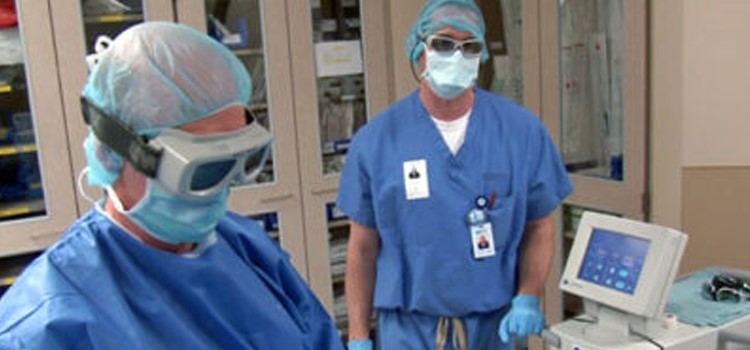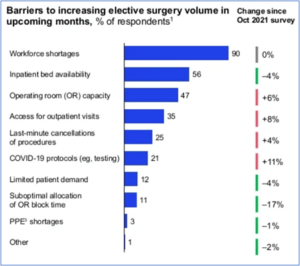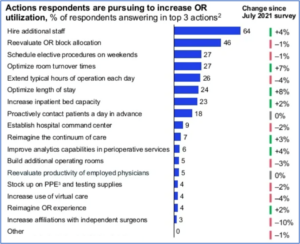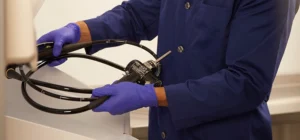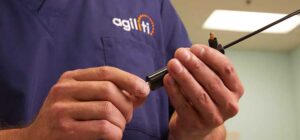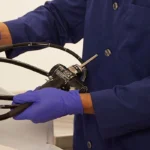Surgical case volumes are almost back to 2019 levels in hospitals and outpatient facilities across the U.S. — and it’s predicted they will grow beyond pre-pandemic levels within the next year.
That’s the good news.
The bad news is the rise of surgical case volumes is coinciding with worsening healthcare staffing shortages across many departments in hospitals and health systems.
This problem is hitting ORs particularly hard:
- Four in five ORs report that the availability of clinical support staff (technicians, nurses, etc.) is the biggest barrier to rising surgical case volumes.
- 94% of hospitals report registered nursing shortages, and 85% say they’re short on technicians.
- 20% of surgical nurses will reach retirement age in the next five years.
- Nursing schools have removed many of the perioperative clinical experiences, making specialty roles harder to fill.
What’s the Impact?
Ongoing staff shortages present an immediate problem for the OR leaders, their current staff and their patients:
| Economic Impact | Patient Impact | Safety Impact | Staff Impact |
| The OR is a revenue-generating engine for hospitals and health systems. Moreover, many are still reeling from the economic impacts of the pandemic. Healthcare organizations need efficient OR throughput to capture as much revenue as possible right now, but they need appropriate staffing levels to do so. | Procedure delays and long waits contribute to decreased OR efficiency and poor patient experiences that can drive away patients – leading to ongoing patient volume loss. | Clinical support staff play important roles in ensuring patient safety – and understaffed, overburdened OR teams may present a higher risk for patient safety incidents. | Overburdened OR staff experience lower job satisfaction, higher frustration and burnout, and are more likely to leave their organization — worsening the staffing shortages at the root of the problem. |
How are Surgical and OR Managers Responding to these Challenges?
Surgical and OR managers are left trying to “get more” from existing resources – pulling staff from other departments or asking them to take on additional responsibility and cover multiple roles. However, this can unknowingly put OR staff and their patients at greater risk if those expanded roles require specific training and knowledge (i.e., operating a surgical laser). Moreover, asking staff to take on more is not a sustainable solution to a situation defined by overburdened staff and high turnover.
New hires are another solution to help fill the gaps. Reports indicate that three in four ORs are trying to hire additional clinical support staff. But this approach leaves surgical and OR managers with two challenges:
- Hiring in a historically competitive labor market: The competitive market has increased the recruiting costs required to find and evaluate candidates. Then there are training costs, which can cost as much as $120,000 to train a new perioperative nurse.
- Facing the skyrocketing cost of temporary workers: The volatile demand for staffing in healthcare over the past several years has increased the value of — and cost for — temporary workers. Traveling nurse rates are up over 100% in some instances, and temporary workers mean similar onboarding costs, typically repeated over and over.
How Do You Eat an Elephant?
As the saying goes, one bite at a time…
This problem is complex and lacks a clear, easy solution. So, the focus of some surgical and OR managers has been trying to find ways to reduce some of the non-value added/non-patient focused tasks that are currently part of their daily responsibilities.
In looking at OR staff workloads, a common area that can impact staff productivity is the management of the mobile elements within the OR – the surgical lasers and other equipment needed for each procedure. They are vital components, but contribute to a lot of added work, including:
- Surgical equipment set-up and tear-down times (1.5 hours per case)
- Locating and managing owned surgical lasers and other equipment needed for cases
- Or coordinating with outside vendors on technology needs if equipment isn’t available in-house
- Completing laser log documentation for every case needed for compliance
- Training on every surgical laser – by procedure type – for every surgical laser operator
- Troubleshooting surgical laser/equipment error codes (high risk during a procedure) and even coordinating repairs and maintenance
These tasks can be outsourced without significant cost or effort – by utilizing supplemental, experienced surgical technicians from third party experts to support the operation of hospital-owned surgical lasers and other equipment used in procedures. This on-demand, flexible staffing model is a simple way to give time back to staff so they can focus on their core responsibilities, and it alleviates the challenges of having to operate these complex devices themselves.
This practice can also help deliver several distinct benefits:
- Enables OR managers to rapidly deploy surgical technicians for case support — with virtually no onboarding — and the surgical technician works directly alongside the existing OR team.
- Provides additional, on-demand surgical technician support to meet peak volume and unpredictable surgical case volume fluctuations.
- Frees up nurses and other clinical staff to focus on their core responsibilities.
- Ensures that properly trained, highly experienced surgical technicians are setting up, calibrating, operating, tearing down and even troubleshooting complex and essential laser devices – which can reduce case delays, improve patient throughput and supports staff and patient safety.
- Ensures that the right regulatory documentation needed to demonstrate compliance is provided to the hospital or health system.
Filling the surgical technician staffing gap frees up nurses and clinical staff to focus on what they do best — and gives OR managers the assurance of safe, fully compliant device operation.
Drive Smart Efficiencies in Your OR
Agiliti has partnered with ORs in hospitals and surgery centers across the country to provide flexible, surgical technician staffing options that provide an immediate impact — from reducing case delays to improving staff satisfaction and retention.

